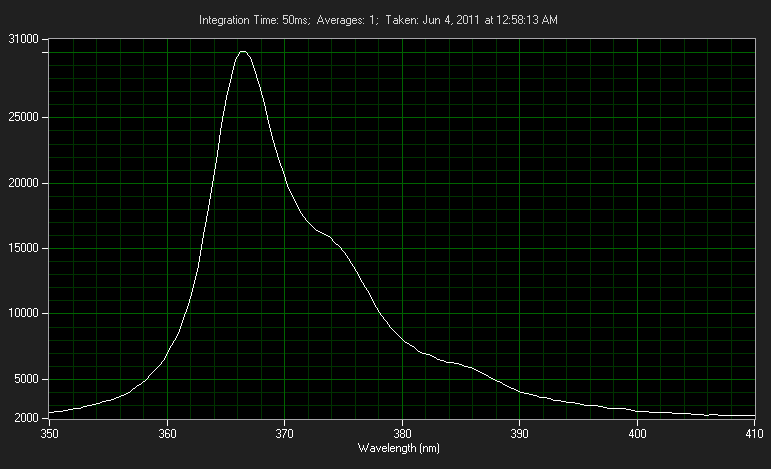- Joined
- Mar 11, 2013
- Messages
- 1,558
- Points
- 83
When I first got into lasers, I thought I would be happy with one color, I was wrong. I soon discovered that different wavelengths have different properties.
my wavelengths
405nm-black light effect
445nm-some effects like the 405, most powerful visible handhelds
532nm-brightest and farthest reaching
635-665nm-flesh penetrating effect
I understand IR lasers are invisible to our eyes, but I am more curious about 473nm and the two most common yellow wavelengths. what about 520nm? Do these wavelengths have any special properties that other colors lack? Basically, if the only thing special is the color itself, I think I can resist adding these wavelengths to my collection. Anyone care to convince me otherwise?
my wavelengths
405nm-black light effect
445nm-some effects like the 405, most powerful visible handhelds
532nm-brightest and farthest reaching
635-665nm-flesh penetrating effect
I understand IR lasers are invisible to our eyes, but I am more curious about 473nm and the two most common yellow wavelengths. what about 520nm? Do these wavelengths have any special properties that other colors lack? Basically, if the only thing special is the color itself, I think I can resist adding these wavelengths to my collection. Anyone care to convince me otherwise?





